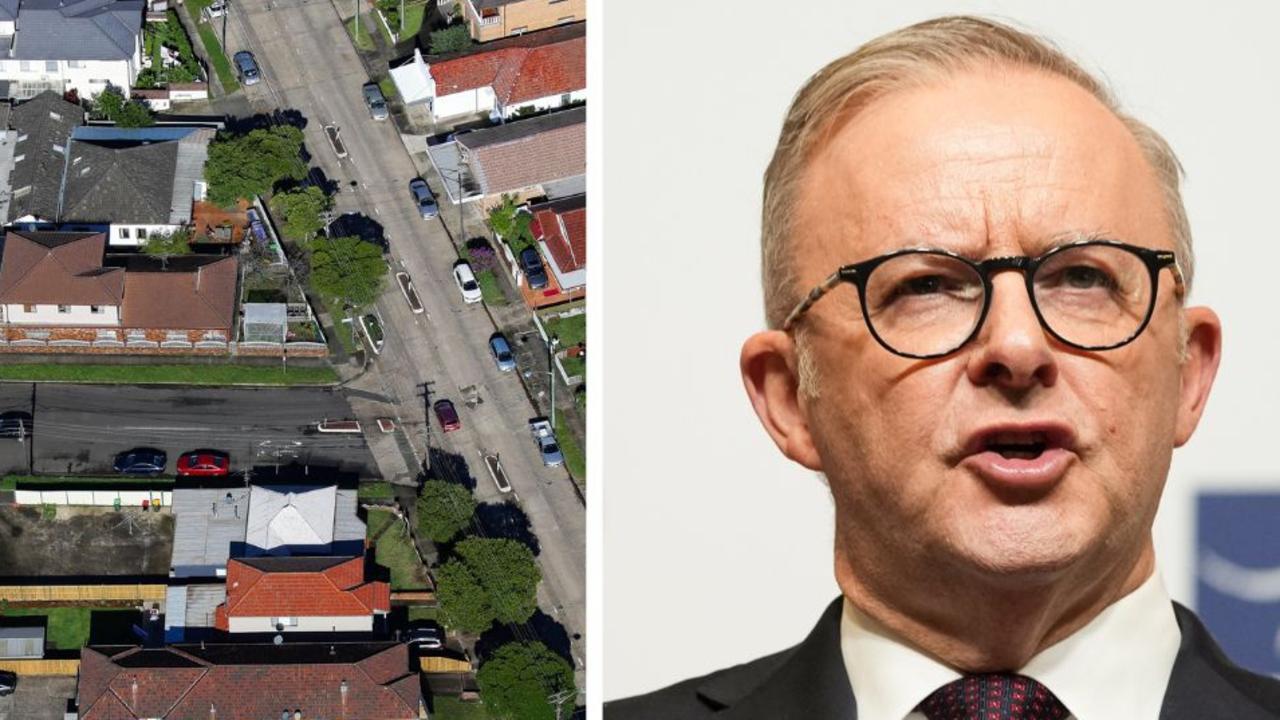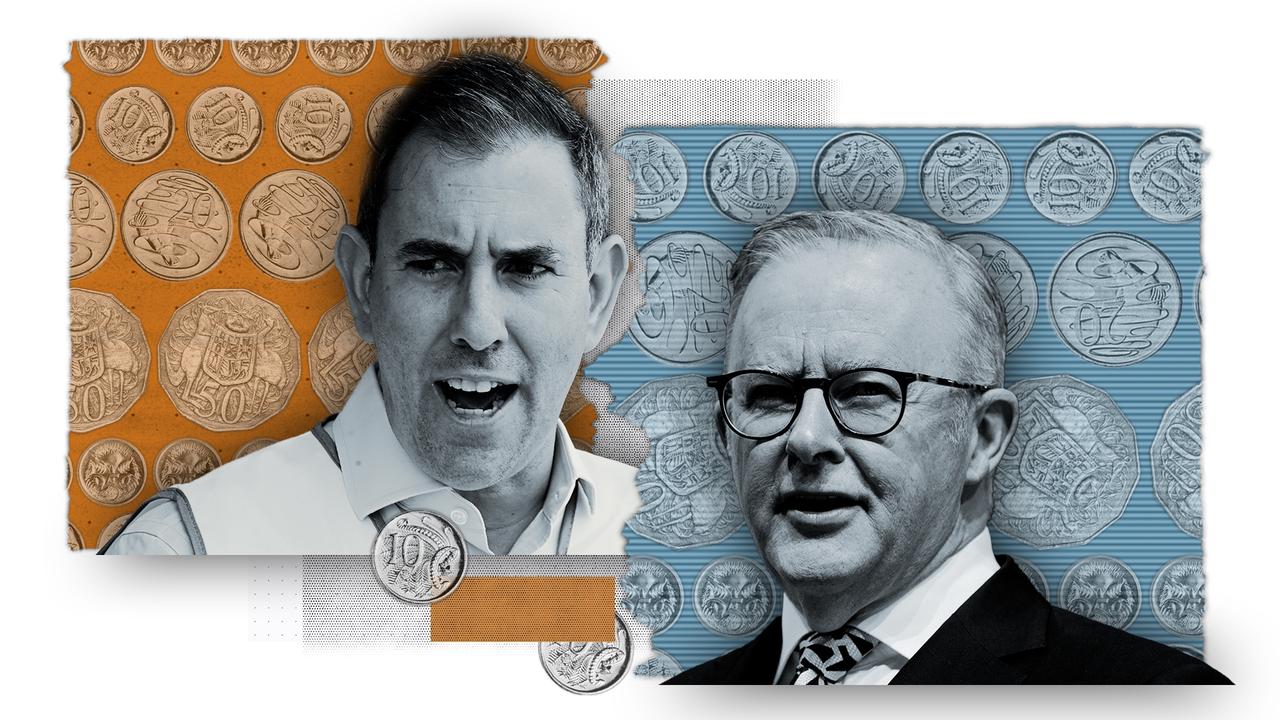Super returns to bounce back into the black with better-than-average figures
The retirement savings of Australian workers are on track to recover from some dire losses – just how much will depend on these key factors.

The retirement savings of Australian workers are on track to recover the 2022 financial year’s losses this year, with the average superannuation fund navigating market uncertainty from high inflation and rising interest rates surprisingly well.
The median growth fund posted a small loss of 0.4 per cent in May, according to the latest fund performance survey by Chant West, even as US concerns around the debt ceiling negotiations weighed on market sentiment before a deal was finally reached in early June.
In recent months momentum has been strong and the researcher forecasts that the median growth fund will return about 8.5 per cent for the financial year ending June 30.
“That’s not just a positive return, that’s a really good return that is better than the long-term average,” Chant West general manager Ian Fryer said.
Over the past 20 years, including three major share market downturns – the GFC, Covid-19 and the period of rapidly rising rates due to stubborn inflation that began last year – super funds have returned average returns of 7.4 per cent per year.
“I have been surprised by how resilient markets have been. Interest rates keep going up and up and up, and the market keeps going up, and inflation keeps going up. It’s got to stop at some point,” Mr Fryer said.
With about 30 per cent of the average growth portfolio invested in Australian equities, and 25 per cent in global stocks, super portfolios have benefited significantly from a stellar run in mega-cap stocks abroad, as well as exponential gains from tech and resources companies locally.

The ASX 200 index is on track for gains of more than 9 per cent this fiscal year, Bloomberg data shows.
ASX-listed tech stocks Life360 and WiseTech Global have more than doubled in price since the end of past financial year, while shares in New Hope, Regis Resources and Whitehaven Coal rose by between 38 and 52 per cent.
Those gains came even as the RBA increased the cost of money 12 times in just over a year to control inflation, while optimism faded about the economic recovery of China in the wake of its reopening after the pandemic.
In the US, equities as measured by the S&P 500 are on track to post a 15 per cent return for the year ending June 30, Bloomberg data shows.
But about 80 per cent of those gains have been driven by mega-cap technology stocks such as Meta (Facebook’s parent company), Apple, Amazon, Alphabet (Google’s parent), Microsoft, Nvidia and Tesla, according to Betashares.
Without the AI-driven rally in those stocks, the index returns would be largely flat.
The performance also came despite the US Federal Reserve raising its official interest rate 10 consecutive times to between 5 and 5.25 per cent by May this year, before taking a break this month as year-on-year inflation almost halved from a year earlier to 4 per cent.
Markets expect the US central bank will have to increase rates two more times this year to lower inflation closer to its 2 per cent target.
Overall, international equities are expected to post returns between 15 and 17 per cent, Chant West expected.

“The equity markets have been strong in the past 12 months, and that has helped drive the returns, however superannuation fund portfolios are well diversified and also invest in private equity, property and infrastructure for growth,” it said.
Preliminary data shows returns in the Australian listed property asset class are likely to come at 8 per cent, offsetting negative returns in international listed property and international listed infrastructure of about 9 and 4 per cent respectively, Chant West said.
Bonds, unlisted property and private equity investments are likely to come out flat over the year, the data shows.
However, unlisted infrastructure is on track to produce decent returns of between 6 and 8 per cent, Mr Fryer said.
With unlisted property assets in Australia expected to take a hit when they are revalued in the books of the super funds in coming days as we approach the end of the financial year, the total return could be impacted, but only slightly, Mr Fryer said.
Still, the average gains this year will be high enough to wipe out the 3.3 per cent loss of the previous year, but with Australia’s inflation running at 7 per cent, that will mean investors can only aspire to see real returns of about 1.5 per cent.
“True, 8.5 per cent looks really good, but the real return will be lower over this particular year,” Mr Fryer said.
“If you take into account real returns, what we’ve got this year isn’t enough to recoup the losses from last year.”
Over the long term, super investors should be well placed to beat the rise in prices, he said.
That is as long as high inflation doesn’t become sustained, which depends on the Reserve Bank raising interest rates high enough to bring inflation down.
“People have been thinking, crikey, it’s been a really tough time in markets but considering all the conditions that we are going through, the real return is only small but at the end of the day it is still a real return,” Fryer said.
“Investors usually focus on absolute returns, and historically it hasn’t been a problem because inflation has been low but when you’ve got really high inflation at the moment it’s important to think about real returns too.”
The actual financial result will of course vary from fund to fund.
And Chant West estimated the variation between the best and worst performer would be about 4.5 per cent.







To join the conversation, please log in. Don't have an account? Register
Join the conversation, you are commenting as Logout